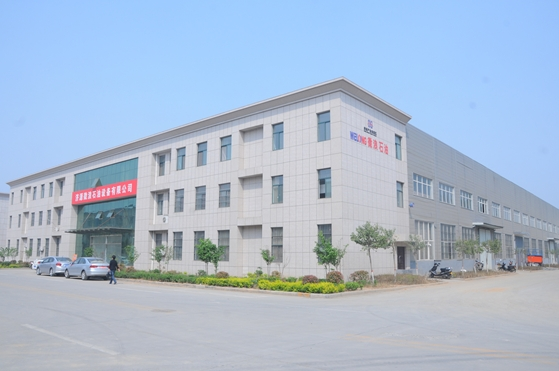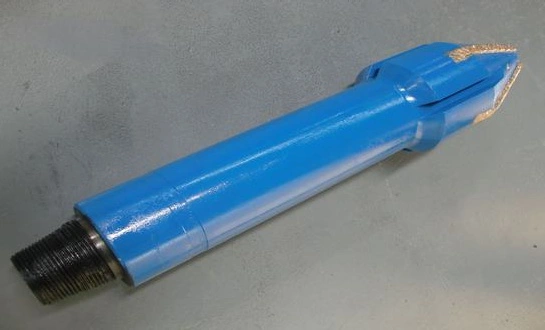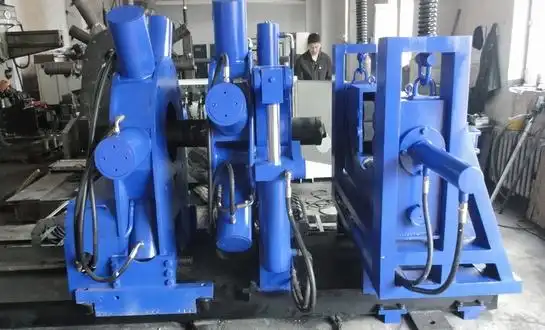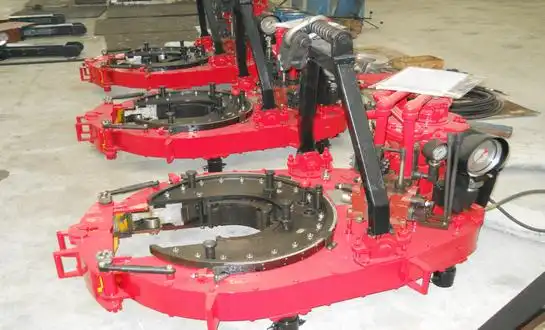How Often Should Tension Rollers Be Calibrated for Optimal Performance?
Factors Influencing Calibration Frequency
The frequency of tension roller calibration depends on various factors that impact the performance and accuracy of the equipment. These factors include:
- Production volume and speed
- Material types processed
- Environmental conditions
- Equipment age and wear
- Quality requirements
High-volume production lines or those processing abrasive materials may require more frequent calibration to maintain optimal performance. Similarly, extreme temperature fluctuations or high humidity levels can affect tension roller accuracy, necessitating more regular adjustments.
Recommended Calibration Intervals
While specific calibration intervals may vary depending on the factors mentioned above, general guidelines suggest:
- Daily visual inspections for obvious signs of wear or misalignment
- Weekly quick checks of tension settings
- Monthly comprehensive calibration for high-volume production lines
- Quarterly calibration for moderate-volume operations
- Bi-annual or annual calibration for low-volume or less critical applications
It's important to note that these are general recommendations, and individual circumstances may require more or less frequent calibration. Consulting with equipment manufacturers or tension control specialists can help determine the optimal calibration schedule for specific applications.
Signs Indicating the Need for Calibration
Regardless of scheduled intervals, certain signs may indicate the need for immediate tension roller calibration:
- Inconsistent product quality or dimensions
- Visible wrinkles or creases in processed materials
- Increased material waste or scrap rates
- Unusual noises or vibrations during operation
- Difficulty maintaining consistent tension across the width of the material
Promptly addressing these issues through calibration can prevent further quality deterioration and minimize production losses. Implementing a proactive approach to tension roller maintenance and calibration ensures optimal performance and contributes to overall operational efficiency.
Common Errors in Tension Roller Calibration and How to Avoid Them
Improper Measurement Techniques
One of the most prevalent errors in tension roller calibration is the use of improper measurement techniques. This can lead to inaccurate tension settings and suboptimal performance. Common mistakes include:
- Using outdated or uncalibrated measurement tools
- Failing to account for environmental factors such as temperature and humidity
- Inconsistent measurement positions across the roller width
- Neglecting to verify measurements with multiple readings
To avoid these errors, ensure that all measurement tools are regularly calibrated and certified. Implement standardized measurement procedures that account for environmental variables and require multiple readings at specified intervals across the roller width. Training personnel on proper measurement techniques and the importance of consistency can significantly improve calibration accuracy.
Overlooking Material Variations
Another common calibration error is failing to account for variations in material properties. Different materials require unique tension settings for optimal processing. Errors in this area include:
- Using a one-size-fits-all approach to tension settings
- Neglecting to adjust for changes in material thickness or composition
- Failing to consider the impact of material temperature on tension requirements
- Overlooking the effects of material aging or batch variations
To address these issues, develop a comprehensive database of tension settings for different material types and thicknesses. Implement a system for regular material testing and adjustment of tension settings based on current material properties. Encourage operators to report any unusual material behavior that may indicate the need for recalibration.
Ignoring Wear and Mechanical Issues
Tension roller performance can be significantly impacted by wear and mechanical issues. Overlooking these factors during calibration can lead to inaccurate settings and reduced equipment lifespan. Common oversights include:
- Failing to inspect roller surfaces for wear or damage
- Neglecting to check bearing condition and alignment
- Overlooking the impact of adjacent equipment on tension roller performance
- Ignoring subtle changes in equipment behavior or vibration
To mitigate these risks, incorporate comprehensive mechanical inspections into the calibration process. This should include visual and tactile examinations of roller surfaces, bearing checks, and alignment verification. Implement vibration monitoring systems to detect early signs of mechanical issues, and ensure that calibration procedures account for the condition of related equipment in the production line.

Step-by-Step Guide to Calibrating Tension Rollers in Production Lines
Preparation and Safety Measures
Before beginning the calibration process, it's crucial to ensure proper preparation and safety measures are in place:
- Review equipment manuals and calibration procedures specific to your tension roller model.
- Gather all necessary tools and measurement devices, ensuring they are clean and calibrated.
- Implement appropriate lockout/tagout procedures to prevent accidental equipment start-up.
- Ensure the work area is clean and free from obstructions.
- Wear appropriate personal protective equipment (PPE) such as safety glasses and gloves.
- Allow the equipment to cool down if it has been recently operating.
Taking these preparatory steps ensures a safe and efficient calibration process, minimizing the risk of accidents and improving the accuracy of the calibration.
Calibration Process
Follow these steps to calibrate tension rollers effectively:
- Inspect the roller surface for any signs of wear, damage, or material buildup. Clean if necessary.
- Check roller alignment using a precision level or laser alignment tool.
- Verify bearing condition and lubrication, replacing or servicing as needed.
- Set the tension control system to its neutral or zero position.
- Apply a known reference load to the roller using calibrated weights or a tension meter.
- Adjust the tension control system to match the reference load, following manufacturer specifications.
- Repeat the process at multiple points across the roller width to ensure uniform tension.
- Verify calibration by running test materials and measuring tension at various speeds.
- Make fine adjustments as necessary to achieve optimal tension across the operating range.
- Document all calibration settings, measurements, and adjustments for future reference.
This systematic approach ensures thorough and accurate calibration of tension rollers, contributing to improved product quality and production efficiency.
Post-Calibration Verification and Documentation
After completing the calibration process, it's essential to verify results and maintain proper documentation:
1. Conduct a series of test runs using various materials and operating speeds.
2. Measure and record tension values at multiple points during these test runs.
3. Compare results to established quality standards and previous calibration data.
4. Make any final adjustments based on test run results.
5. Create a detailed calibration report including:
- Date and time of calibration
- Equipment identification and serial numbers
- Calibration methods and tools used
- Initial and final tension settings
- Test run results and any adjustments made
- Name and signature of the technician performing the calibration
6. Update equipment maintenance logs and calibration schedules.
7. Store calibration reports in a secure, easily accessible location for future reference and audits.
Thorough post-calibration verification and documentation ensure that tension rollers maintain optimal performance and provide a historical record for troubleshooting and quality assurance purposes.
Source: CHINA WELONG-Oilfield tools Manufacturer
FAQ about Tension Roller
What is the purpose of a tension roller?
A tension roller serves to maintain consistent tension on materials as they pass through various industrial processes. It plays a crucial role in ensuring uniform material distribution, preventing wrinkles, and maintaining product quality in applications such as printing, laminating, and material converting.
How do tension rollers affect product quality?
Properly calibrated tension rollers contribute significantly to product quality by:
- Ensuring consistent material tension throughout the production process
- Preventing wrinkles, creases, and other material defects
- Maintaining accurate material alignment and registration
- Optimizing material feed rates for improved processing efficiency
- Reducing waste and material scrap due to improper tension
Can tension roller calibration improve energy efficiency?
Yes, properly calibrated tension rollers can improve energy efficiency by:
- Reducing unnecessary friction and drag on materials
- Optimizing motor loads and reducing power consumption
- Minimizing material waste and associated energy costs
- Improving overall production efficiency, leading to reduced operating times
- Extending equipment lifespan, reducing the need for frequent replacements
In conclusion, tension roller calibration is a critical aspect of maintaining consistent tension adjustment in various industrial applications. Regular calibration ensures optimal performance, reduces downtime, and contributes to overall operational efficiency. By following proper calibration procedures and avoiding common errors, businesses can achieve superior product quality and minimize waste. For more information on tension rollers and their calibration, please contact us at oiltools15@welongpost.com. Welong is committed to providing high-quality oilfield products and customized solutions to meet your specific needs.





